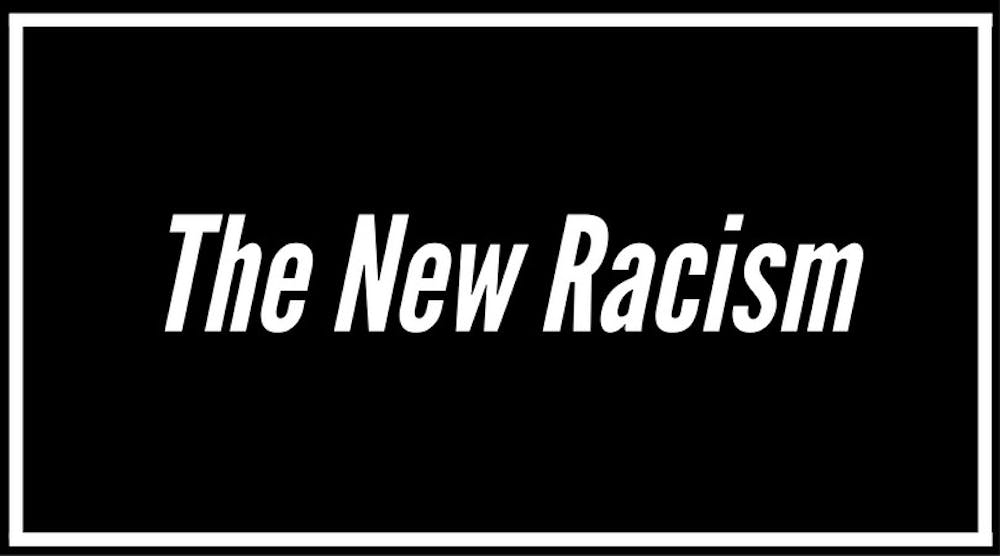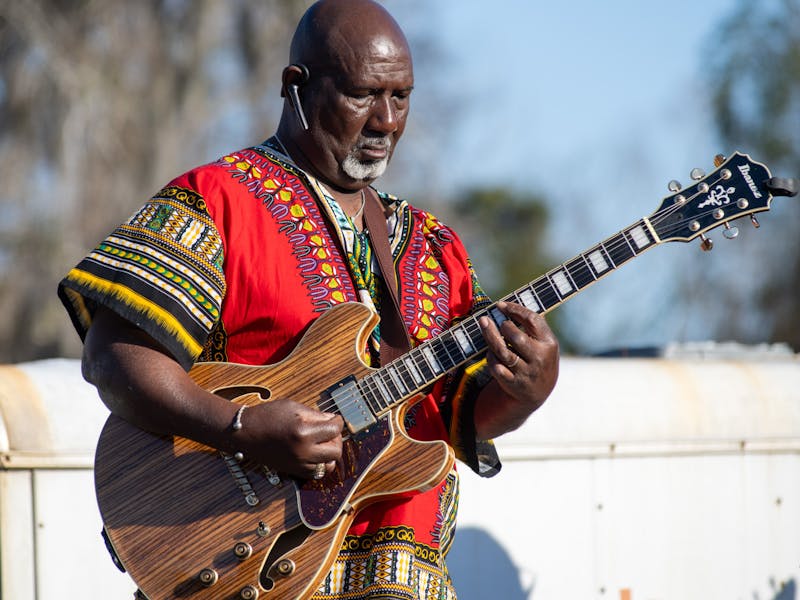An NBC poll found that only 52 percent of Americans agree that racism against black Americans is an “extremely” or “very serious” problem – a split which, to many black people, is a disappointing statistic.
“The fact that we still ask this question, or consider it, is insulting,” Karla Matthews-Brown, a first-year USC student, said referring to the question of whether racism is still a problem.
It can be easy for white people to think that racism is simply a bad part of the U.S.’s past – a way of life that has since been extinguished from our society. In fact, a recurring Gallup poll on race relations found that in 2016, 55 percent of white respondents said that racial relations could be described as “somewhat good” or even “very good.”
In the same poll, only 43 percent of white respondents indicated that they were dissatisfied with the way black Americans are treated. Comparatively, 67 percent of black respondents said the same.
For many students at USC, such as Matthews-Brown, though, the current state of affairs is clear: racism is still very much a problem.
“I still feel like racism is a problem in this country,” first-year student Jordyn Livingston said. “I mean, a couple of weeks ago there was a Neo-Nazi and White Nationalist rally,” she pointed out. “It’s kind of hard to deny its existence.”
The rally Livingston was referring to took place in Charlottesville, Virginia. The rally – billed as a “Unite the Right” rally – was reportedly organized to oppose the removal of a statue of Robert E. Lee from Emancipation Park. It brought in hundreds of self-proclaimed Neo-Nazis, White Nationalists and members of the so-called Alt-Right.
During the rally, 20-year-old James Fields Jr. – who had reportedly expressed sympathy for Nazi Germany during high school – drove his car into a crowd of counter-protestors, resulting in the death of 32-year-old Heather Heyer and the injury of several others.
“White supremacists are defended while black protesters are pepper-sprayed and attacked with riot gear,” Matthews-Brown said.
However, bold rallies, where racist individuals are easily identifiable, are not necessarily the most common way that racism manifests itself. In fact, many argue that racism is still highly prevalent today, it has simply rebranded the way in which it appears.
“It’s subtle things that have happened,” Livingston said. “For example, being followed around in the store because they think I’m going to steal something or being excluded in groups when I was the only black girl,” she said.
“Racism is here, even if it isn’t obvious at times,” Matthews-Brown said. Matthews-Brown recalled that there was a white neighborhood and a black neighborhood in her hometown. “Guess which one looked better,” she quipped. Matthews-Brown noted that while the Whites and Coloreds signs were no longer up in the community, “they were still dividing us, letting each person know where they belonged and what race we associated with wealth and success.”
In short, Matthews-Brown observed that her town was segregated “not by law, but by race and poverty.”
While most agree on the bigger picture that racism is still a problem, division exists as to the extent, and to the specific ways it tends to manifest itself. A Harvard-Harris survey found, for example, that among the people it polled, only 35 percent of whites feel favorably about Black Lives Matter – a civil rights group formed to address police brutality, a particularly virulent manifestation of contemporary racism – versus 83 percent of blacks.
Brian Dow – another first-year student – noted that while racism still exists, particularly in “people who immediately judge someone on their race before actually getting to know them,” he stressed the importance of a tempered response. “I believe police brutality exists,” Dow noted, “I just wish people would not generalize thinking all cops are bad.” Dow’s desire for temperament is somewhat reflective of the gap between Americans who acknowledge the continuing problem of racism while disagreeing on the components that make it up.
“I expect nothing less considering racism isn’t a factor in their existence,” Matthews-Brown said of the 48 percent who say that racism is no longer a problem, especially since “it’s woven” into hers.
In the aim of improving race relations, Matthews-Brown says that open dialogue is important. “Stop being afraid of the R word, do your research, and come to terms with the uglier sides of American history, whether racism affects you or not,” she said.
Livingston also had advice for those who aren’t convinced of the continued existence of racism. “Try living a day in my shoes,” she said. “Take some time to read through people’s comments on social media. I mean, just open your eyes and look.”



